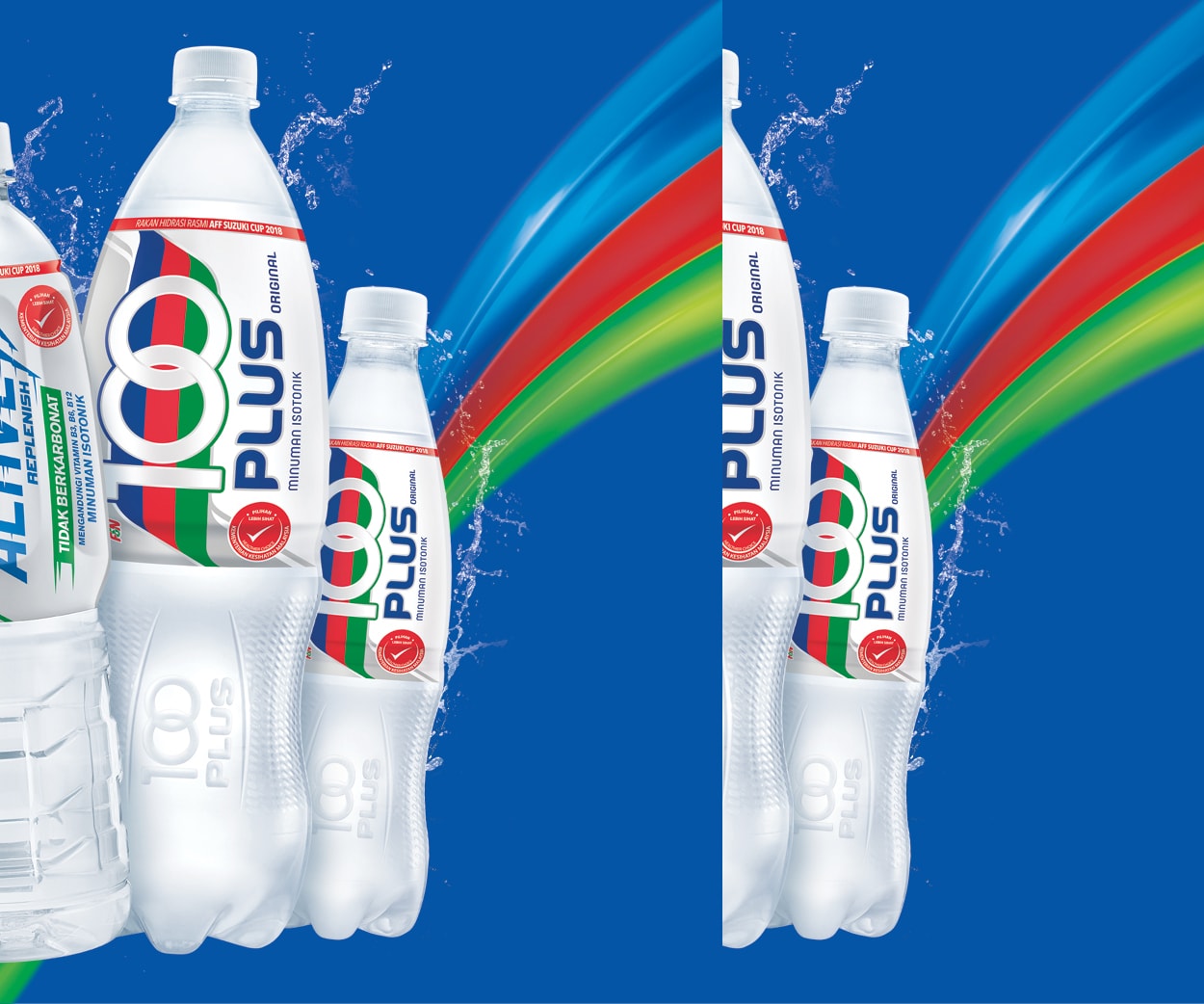
The future of the sport, on and off the field of play, has been shaped during the World Athletics U20 Championships Lima 24.
Taking place in the Peruvian capital from 27-31 August, the event featured four championship records and six area U20 records, while there were 10 world U20-leading performances, 71 national records and 288 personal bests.
USA topped the medal table with 16 medals – eight gold, four silver and four bronze – two years out from the nation hosting the next edition of the World U20 Championships in Eugene, Oregon, in 2026.
Second on the medal table was Ethiopia, with the nation’s athletes achieving two of the championship records: Medina Eisa with 14:39.71 in the women’s 5000m and Sembo Almayew with 9:12.71 in the women’s 3000m steeplechase. The other championship records were set by Tunisia’s Rayen Cherni with 39:24.85 in the men’s 10,000m race walk and Czechia’s Tomas Jarvinen with 8425 points in the decathlon.
A total of 20 countries won gold medals and 66 countries finished in the top eight. One country – Thailand – won its first ever medal in the history of the championships as Puripol Boonson secured silver in the men’s 100m. He then helped his nation’s 4x100m team to bronze.
Alongside the five days of global competition, a series of initiatives saw significant development in other areas of athletics.
For the first time at a World Athletics U20 Championships, an Athlete Zone provided athletes and their support networks with a dedicated space to learn and have fun in a safe and supportive environment.
More than 1500 people visited the Athlete Zone during the championships. As well as providing information on topics such as health & science, safeguarding and the Athletics Integrity Unit, the Athlete Zone offered games and competitions, together with insight into areas such as social media and building your own brand, athlete representatives, and athletics rules and regulations.
“The World Athletics U20 Championships is a key development opportunity for our young athletes,” said Stephanie Eagle, eLearning Senior Manager at World Athletics. “Having athletes together for the championships provides a perfect opportunity to support and empower the emerging stars of our sport, both on and off the field. This programme is designed to provide participants with key information to help them prepare for their future, giving them access to expert advice from both World Athletics staff and representatives from the Athletes’ Commission.”
It is not just athletes who have taken advantage of development opportunities in Lima, but also coaches and new members of the media.
The Coaches’ Club, organised by World Athletics in cooperation with the Global Athletics Coaching Academy, enables the coaching community to learn in real time from the championship experience.
Since its launch at the World Athletics Indoor Championships in Belgrade in 2022, the Coaches’ Club has been held at the World Athletics Championships and World U20 Championships, returning to the age-group stage in Lima two years on from the sessions held in Cali.
As part of the programme in Lima, an online panel was scheduled for each day from 27 August to 1 September, while an on-site symposium took place on 31 August. More than 700 people registered for the online sessions, while almost 300 requested to join the symposium.
The sessions offered insight into topics such as the athlete and coach relationship, the transition from U20 to senior, and new research findings.
“A lot of people miss the fact that roughly 60% of athletes who get a medal at the Olympic Games or World Athletics Championships are between the ages of 24 and 28, and 85% are between 22 and 30. That’s what you’re aiming for and when you’re working with a developing young athlete, of course you want great performances at a World U20 Championships, but this is the start of the journey,” said Global Athletics Coaching Academy Chair Frank Dick.
“Several of the coaches who came to Cali are here. The next World U20 Championships is in Eugene. I’d like to think that these symposia are not just one-off things, we try to connect them so that we can get some sense of ongoing learning and development.”
Meanwhile, the Media Development Programme is organised by World Athletics’ Media Operations department and AIPS to coincide with major events, to encourage athletics journalism in particular areas around the world and bring more young writers into the sport.
In Lima, 12 journalists from Latin America – based in Argentina, Bolivia, Chile, Colombia, Ecuador, Panama, Peru, Uruguay and Venezuela – came together under the mentorship of Argentinian journalist Martin Mazur, director of the AIPS Sport Media Awards.
During a 10-day programme, the participants joined sessions on topics including writing, storytelling, broadcasting, interviewing, photography, ethics, digital and social media, networking, resources, competition rules and flash quotes.
Their work will be featured on World Athletics, AIPS and member federation channels, as well as on various other English and Spanish speaking platforms.
For one of the stories, two members of the programme were invited to join Athlete Refugee Team activities in Lima, receiving unique access to meet the athletes and learn more about their journey.
“On the first day of the programme, we made an oath: It was not important how much we knew about athletics, but how eager we were to tell stories,” said Mazur. “The participants have learned to think like freelancers, understanding what a story needs to succeed and how to be reliable to athletes, editors and the audience.
“Ultimately, they have come to appreciate the beauty of athletics, a sport that – in record time for a young journalist – can place you in a one-on-one situation with some of the top athletes in the world, which is something that would not be possible in any other sport.”
World Athletics


































